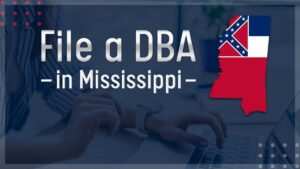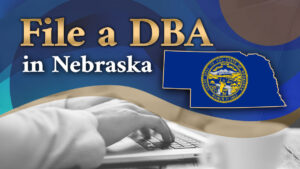Probably the most important procedure that the board will undertake is the board meeting. At this meeting members of the board obtain and exchange information from each other and from the executive team, establish the objectives of the organisations, take decisions on courses of action and investments, delegate authority to the management team, and jointly develop new ideas for strategy and value creation.
Board members have only three sources of information: their own personal inquiries, the reports and papers provided to them by the organisation and its contractors, and the information that they gather from the discussion and debate at their meetings. Only the last of these three sources is fully shared between all board members and it is this last information source that is the most powerful input to board decision-making.
It is very important that the board meeting allows effective communication and collective action and leaves everyone feeling positive, motivated, and productive. After a decision has been taken at a board meeting it is imperative that the board presents a sound consensus in all external forums.
Any questions or disagreements that may have come up during the discussion leading up to the decision must stay within the boardroom and must be treated as confidential.
Some boards may find this a difficult task. In those circumstances it is a good idea for board members to agree on a charter or a set of operating procedures to which they can all adhere. Other boards may find that they manage this behaviour without a requirement for such formal documents.
To ensure that the board meeting is productive the Chairman, assisted by the CEO, must plan thoroughly for each meeting, manage the meeting productively, and always see that all members participate as far as possible.
Each board must develop policies to cover the meeting processes. These policies should set out the time, place, and members of the board and executive who will attend the meetings. They should also list any external government or community advisers who may attend meetings, and the terms upon which they do so. The policy may also set out the frequency of meetings.
Some board members find it helpful to hold their meetings at different venues. This allows the board to develop a better appreciation of geographically diverse operations, or to develop stronger relationships with other stakeholder groups in whose offices they may choose to meet.
Each meeting should have an agenda designed to assist the flow of information and to support creative discussion by the board, covering issues of strategy, performance and compliance.
The agendas should be circulated before the meeting, and board members should from time to time be invited to suggest agenda items that they believe would add value. It is normal for the agenda to be circulated with a large amount of pre-reading so that the board members can prepare for an informed discussion.
The fact that the agenda comes with a large, possibly glossy bound, amount of laboriously prepared data does not mean that an individual director may not request a change after seeing it. Requests for changes are normally sent to the chairperson, but may, if your board’s policy allows, also be sent to the company secretary or any other nominated person.
The agenda may be prepared by the company secretary, the chairperson, the CEO, another designated board member, or a small team made up of any of the above.
Having an agreed agenda assists in the conduct of the meeting as everybody participating in the meeting knows what business has been completed and what business is still to come. This helps them to manage their time accordingly. The order in which items appear on the agenda may be chosen to suit the preference of that board. A typical board agenda may contain the following items:
- The title and purpose of the meeting.
- The date, time, and venue.
- Attendance and apologies.
- Presentation by invited guest speaker (if any).
- The minutes of the previous meeting.
- Matters arising from the previous meeting.
- The CEO’s report.
- The CFO’s report.
- Policy and strategic issues.
- Formal approval of matters brought to the board.
- Subcommittee reports.
- Government correspondence.
- Any other business.
- Date time and venue of the next meeting.
- Presentation by invited guest speaker (if any).
Some boards like to have strategic and open-ended discussions early in the agenda, so they are not cut short by time constraints. Others prefer to run through compliance and regular reporting before devoting time and analysis to open-ended questions.
Other considerations include the timing of presentations or “guest appearances” of non-board members who may have been invited to attend for one agenda item only. In the sample agenda above these guest appearances have been scheduled at the beginning or at the end of the meeting. In a full day meeting these may well be scheduled to coincide with a break or to allow conversation to take place informally over lunch.
By including a category titled “any other business” the board can discuss any items that are urgent or any matters that require a decision that cannot be scheduled to the next meeting and that came to the notice of the board or to the person preparing the agenda after the agenda had been finalised and issued.
It is a sign of problems on the board, if issues that were easily foreseeable before the agenda was prepared are discussed under this category, as it indicates of either a lack of forethought, or an attempt to “steamroller” a board into making decisions on issues for which they have not been provided with adequate background briefing information or time for reflection.
______________________________________
Julie Garland-McLellan has been internationally acclaimed as a leading expert on board governance. See her website and LinkedIn profiles, and get her books Dilemmas, Dilemmas: Practical Case Studies for Company Directors and Presenting to Boards.
 Sections of this topic
Sections of this topic















